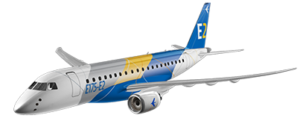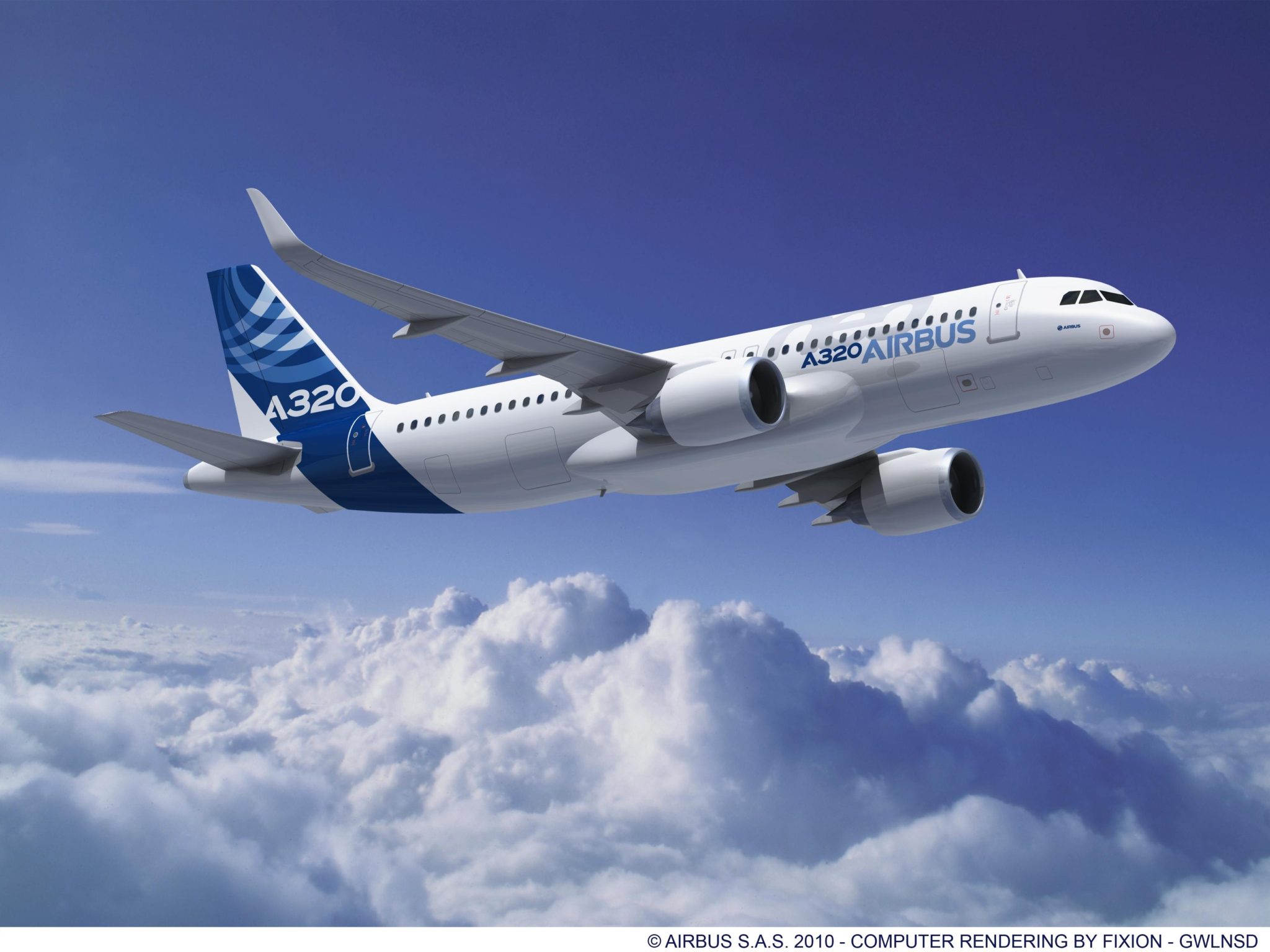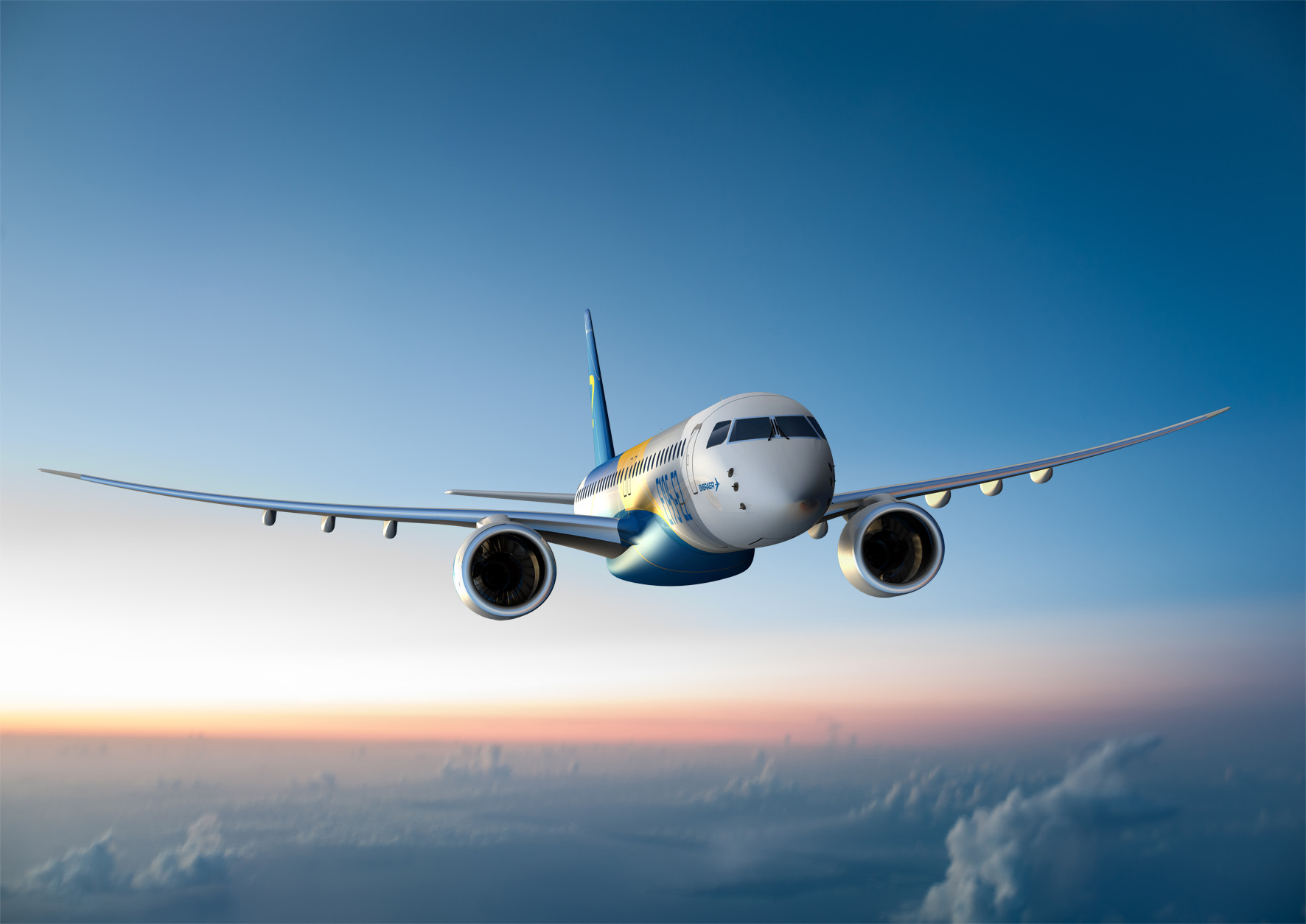Leeham News and Analysis
There's more to real news than a news release.
Engine Development. Part 9. Gearbox or not?
Subscription Required
By Bjorn Fehrm
Introduction
October 13, 2022, © Leeham News: In our series, we look at the development of the latest single-aisle engines. Should these be geared? What do you gain and risk with a geared design? Is this a new development, or has it been around for a long time?
We examine the development of single-aisle engines since 2000, their fuel efficiency, and operational reliability.
Summary
- A geared design fixes some fundamental problems in a two-shaft turbofan.
- CFM proves you could just as well further develop what you have.
HOTR: Boeing resumes 787 deliveries after long hiatus
By the Leeham News Team
Aug. 10, 2022, © Leeham News: Deliveries of the Boeing 787 are slated to resume today after a pause of nearly two years. American Airlines is set to receive a 787-8. The Federal Aviation Administration announced Monday that it approved Boeing’s plans to fix a production flaw that resulted in a paper-thin gap where certain sections of the fuselage are mated.
 Rework of up to 120 787s in inventory has been underway for some time, both in Charleston (SC), where the airplane is assembled and in Everett (WA), where the former Line 1 Final Assembly Line was located. Plane spotters occasionally noted 787s being flown into Everett from stored locations.
Rework of up to 120 787s in inventory has been underway for some time, both in Charleston (SC), where the airplane is assembled and in Everett (WA), where the former Line 1 Final Assembly Line was located. Plane spotters occasionally noted 787s being flown into Everett from stored locations.
Some estimates indicate that the 120 airplanes were sold for an average of $129m each. (The split between the 787-8, 787-9 and 787-10 is not detailed.) This places the inventory value at an estimated $15.5bn. But don’t assume this is the amount of cash that will be coming to Boeing as inventory is cleared into 2024. About 40% of the sales price is typically paid via deposits and progress payments by the time of delivery. This means that Boeing may look for an estimated $9bn in cash.
However, customer compensation for the delivery delays could reduce this some. Boeing prefers to compensate customers via discounts on future airplanes or via services and parts. How much—or how little—cash compensation is provided is known only to Boeing.
During the fourth quarter last year, Boeing took a forward loss on the 787 program of $3.46bn.
Embraer 2nd Quarter 2022: Mixed results as EVE is spun off
By Bjorn Fehrm
August 4, 2022, ©. Leeham News: Embraer presented its 2Q2022 results today. The airframer booked lower revenue and net profit as deliveries of the E195-E2 tanked, but margins were up in all divisions except Defence and Security due to strict cost control.
Revenue and net profit were down by 10% compared with 2Q2021, whereas margin and cash flow improved due to cost containment and the spin-off of the EVE VTOL activity. Sales were positive, with backlog growing 0.5bn from 1Q2022 to $17,8bn. The company confirmed the 2022 guidance.
ATR, Embraer, JADC release 20-year turboprop demand forecasts
Subscription Required
By Scott Hamilton
July 25, 2022, © Leeham News: ATR and Embraer released at the Farnborough Air Show their forecasts for the next 20 years for turboprops.
![]()
![]() ATR is the only remaining manufacturer of turboprops in the 40-80 seat category outside of China and Russia. Embraer, which got its start in commercial aviation with the 19-seat Bandeirante, exited the turboprop business after the EMB-120 Brasilia. Now, following decades of exclusively supplying regional jets to the world’s commercial aviation market, wants to resume producing turboprops. It’s proposed a two-member family with 70 and 90 seats. EMB claims it has interest from airlines for 250 turboprops, but the program launch remains elusive.
ATR is the only remaining manufacturer of turboprops in the 40-80 seat category outside of China and Russia. Embraer, which got its start in commercial aviation with the 19-seat Bandeirante, exited the turboprop business after the EMB-120 Brasilia. Now, following decades of exclusively supplying regional jets to the world’s commercial aviation market, wants to resume producing turboprops. It’s proposed a two-member family with 70 and 90 seats. EMB claims it has interest from airlines for 250 turboprops, but the program launch remains elusive.
Farnborough Air Show winds up with post-pandemic slow pace
By Scott Hamilton
July 22, 2022, © Leeham News: The Farnborough Air Show produced little in the way of headline news. But Boeing comes away with some momentum. Airbus announced a big order on July 1, well ahead of the show, from China, leaving show orders in high double digits.
 Boeing announced orders and commitments for 278 737 MAXes, including 100 firm and 30 options from Delta Air Lines. This order was the first from Delta in 11 years, ending a long-running behind-the-scenes streak of sour relations between the companies.
Boeing announced orders and commitments for 278 737 MAXes, including 100 firm and 30 options from Delta Air Lines. This order was the first from Delta in 11 years, ending a long-running behind-the-scenes streak of sour relations between the companies.
The order, for the 737-10 MAX, finally fulfills Boeing’s goal of getting the -10 into Delta. Boeing had counted on Delta being a launch customer of the airplane in 2017. As reported in my book, Air Wars, The Global Combat Between Airbus and Boeing, the bake-off between the MAX 10 and the Airbus A321neo came down in favor of the MAX 10. But CFM declined to grant Delta TechOps rights to perform maintenance, repair and overhaul for other airlines and lessors. Pratt & Whitney agreed, tipping the order to Airbus.
Also during the competition, Boeing was engaged in a trade complaint over Bombardier’s sale of the C Series to Delta. Boeing alleged Bombardier engaged in price-dumping, contrary to trade laws. Boeing won the trade complaint and a tariff of 292% was assessed on each C Series imported from Canada. However, the final review found no harm to Boeing, which hadn’t competed for the order, a required element to impose the tariff. Many observers thought Boeing’s timing concurrent with the MAX-neo campaign affected the decision. But as reported in Air Wars, Delta officials said this wasn’t a factor.
Bjorn’s Corner: Sustainable Air Transport. Part 29. Lift + Cruise VTOLs.
July 22, 2022, ©. Leeham News: We analyzed vectored thrust VTOLs last week, like Joby Aviation’s Joby S4. Now we look at VTOLs that separate vertical and forward flight thrust generation into two different systems. Typical exponents are Wisk Aero Cora, Beta Technologies Alia-250, and Embraer’s EVE.
Airbus, Boeing, Embraer, ATR orders at Day Two of Farnborugh
By Alex Derber
(c) Airfinance Journal, July 19, 2022
Commercial aircraft
– Airline investor 777 Partners placed firm orders for 30 737 Max 8200 aircraft and agreed to a further 36 commitments for the high-density Max model. The aircraft have been earmarked for 777 Partners’ two airline investments: Flair Airlines in Canada and Bonza Airline in Australia.
– Porter Airlines exercised purchase rights and signed a firm order for 20 Embraer 195-E2 passenger aircraft, adding to its existing 30 orders. Porter’s first delivery is scheduled for the second half of 2022, when the Canadian carrier will become the North American launch customer for the E195-E2, while will be powered by Pratt & Whitney Geared Turbofan engines.
– Aercap ordered five additional 787-9s, taking its existing and on-order portfolio for the widebody family to 125 units.
– Aviation Capital Group ordered 12 additional 737 Max 8s, which have expanded the lessor’s Max order book to 34 aircraft.
– Delta Air Lines confirmed additional orders for 12 Airbus A220-300 aircraft. The US airline has now ordered 107 A220-family aircraft, the first of which it received in late 2018. The aircraft are powered by Pratt & Whitney Geared Turbofan engines.
Pontifications: death knell for the E175-E2 as Delta ALPA nixes Scope change
July 4, 2022, © Leeham News: Any hope that the Delta Air Lines ALPA pilots union will agree to a slightly relaxed Scope Clause in its next contract are just wishful thinking.
Few thought DALPA, as the chapter at the airline is known, would up the weight of airplanes allowed under Scope. This is needed to permit regional airline partners to operate the Embraer E175-E2. The E2 is more environmentally friendly and economical than the E175-E1, a 1990s design with engines (the CF34) that date to 1982 when it first ran on the test stand. The CF34’s design is based on the military TF34 developed in the 1960s.
EMB’s E175-E2 was supposed to enter service in 2021. It’s been rescheduled three times. The current EIS is now targeted for 2027. Few believe Scope will be relaxed by then. There is a growing belief that the E175-E2 is dead. (Embraer says no.) DALPA is often an industry-leading union. Its refusal to relax the weight limit all but assures the E175-E2 is dead.
Exclusive: No change in Scope Clause in new United pilot contract that would have allowed E175-E2
By Scott Hamilton
June 24, 2022, (c) Leeham News: There is no change to the Scope Clause in the new United Airlines pilot contract governing the number of regional jets that can be operated by regional partners, LNA confirms.
There is also no change in the weight of the aircraft allowed, a blow to Embraer’s hopes for the E175-E2. The E2 is heavier than the E175-E1, which entered service in 2004. Embraer designed the E2 to be used with the Pratt & Whitney GTF engine. The GTF is more economical than the E1’s GE CF34, quieter, and emits fewer emissions. But it is slightly heavier than the Scope Clause contracts permit. The USA is virtually the only market for the E175-E2.
Pontifications: From Just in Time to Just in Case
June 6, 2022, © Leeham News: Delivery delays by Airbus and Boeing are well-known in today’s recovering environment. The reasons vary from supply chain challenges affecting both companies to Boeing’s suspended deliveries of the 787 and slower-than-expected deliveries of the 737 MAX.
Airbus Canada delivered only five A220s in May vs 10 that were planned. Ten deliveries are planned this month but hitting this target (and 70 for the year) may be problematic. LNA previously detailed the delays for the A220. Airplanes are coming off the final assembly lines without completed cockpits. Embraer is affected by a shortage of seats. CFM’s delivery of LEAP engines for the A320neo and 737 MAX is delayed.
It’s not just the big-ticket items that are hurting the Big Three airframe manufacturers. It’s the little stuff. The supply chain is only as strong as its weakest link. Some smaller suppliers can’t get the products they need from their suppliers. And some, already facing workforce shortages before the COVID-19 pandemic, are short of workers today.
These issues are causing a shift in what used to be the mantra of Just in Time product deliveries.
Boeing is trying to help its supply chain on a number of levels, said Mike Nieman, Regional Director of Globalization & Supplier Development, during the I-90 Corridor Conference last week in Coeur D’Alene (ID). The group represents the aerospace industry from Spokane (WA) through Idaho and into Montana along the Interstate 90 highway corridor.






